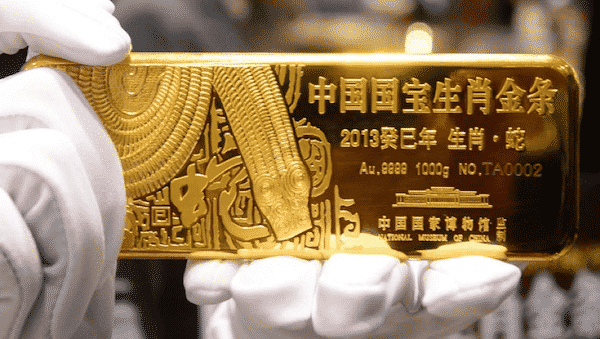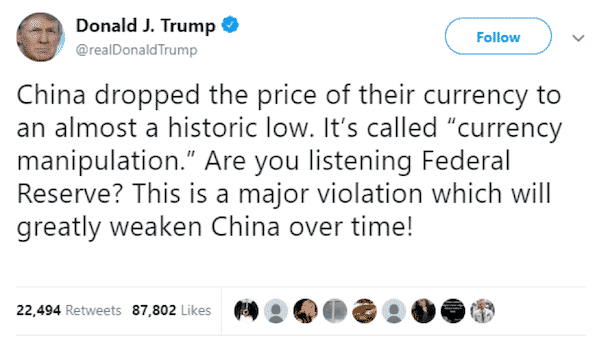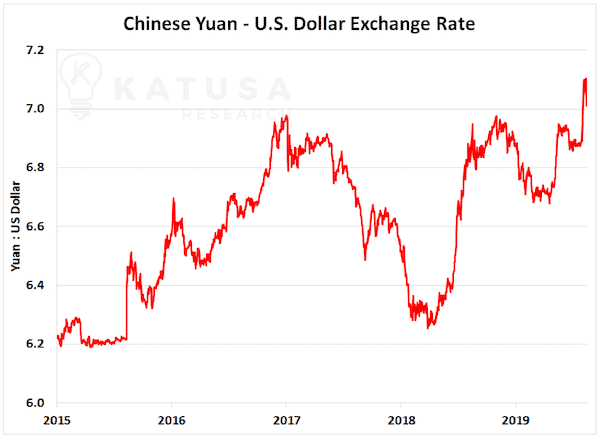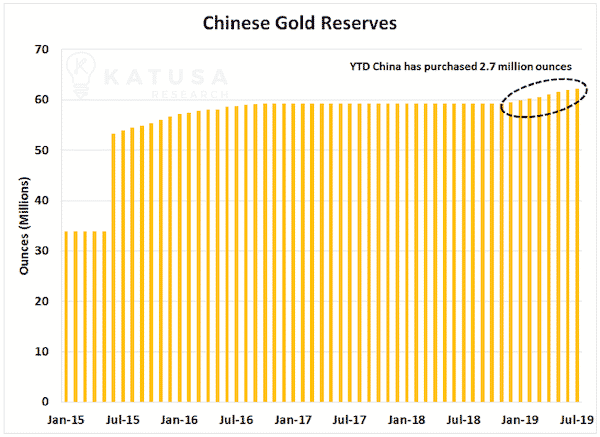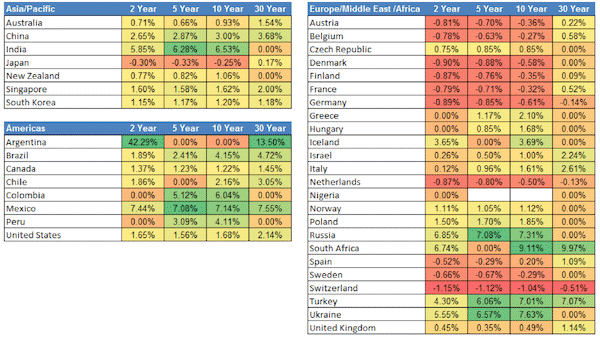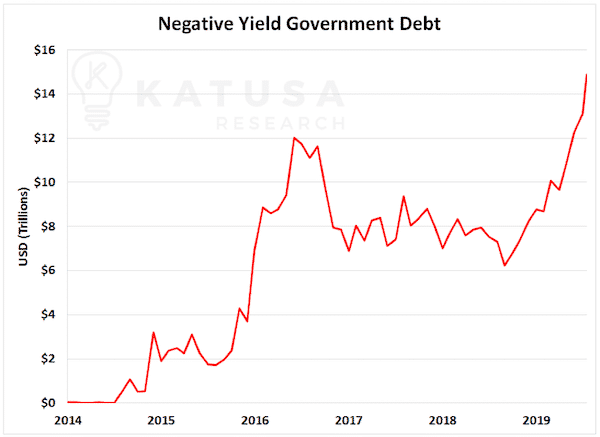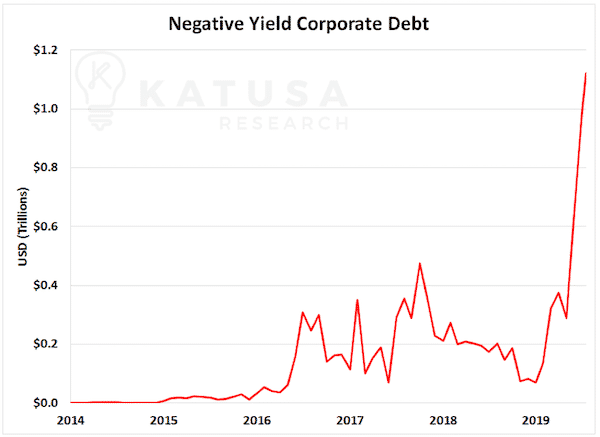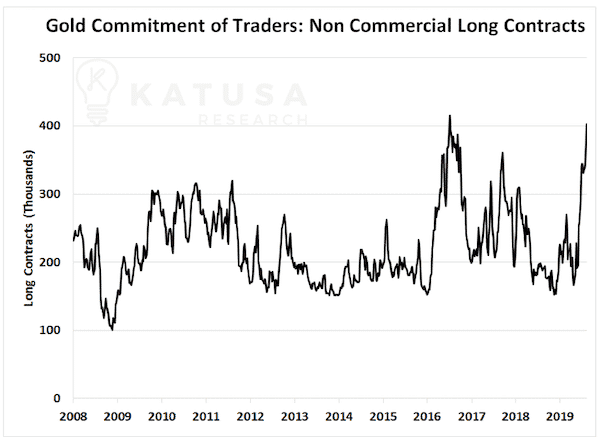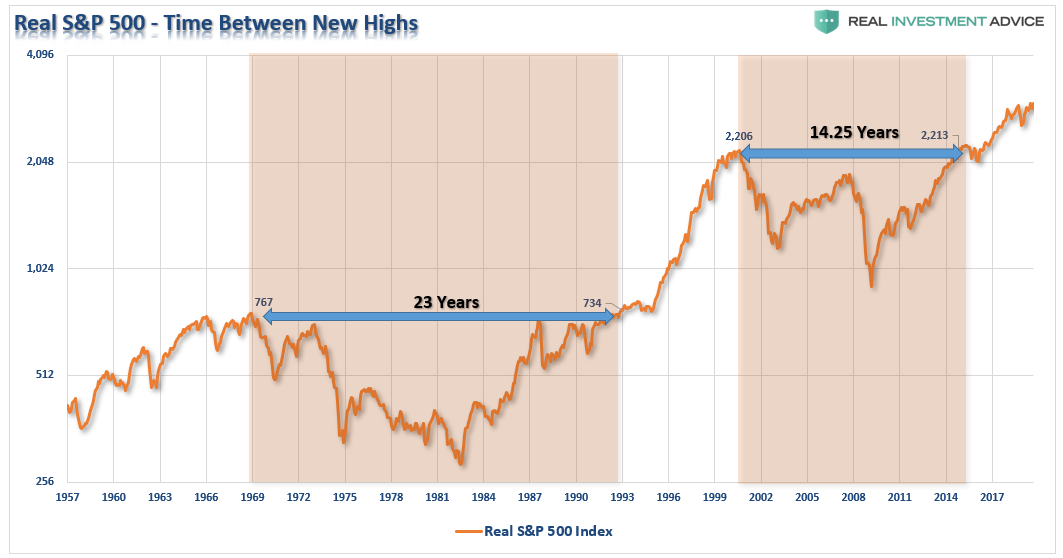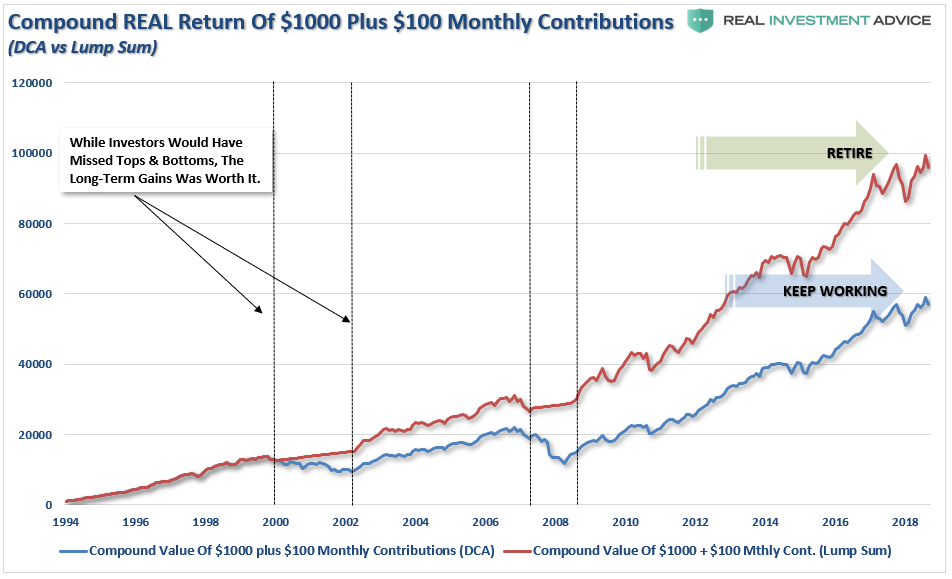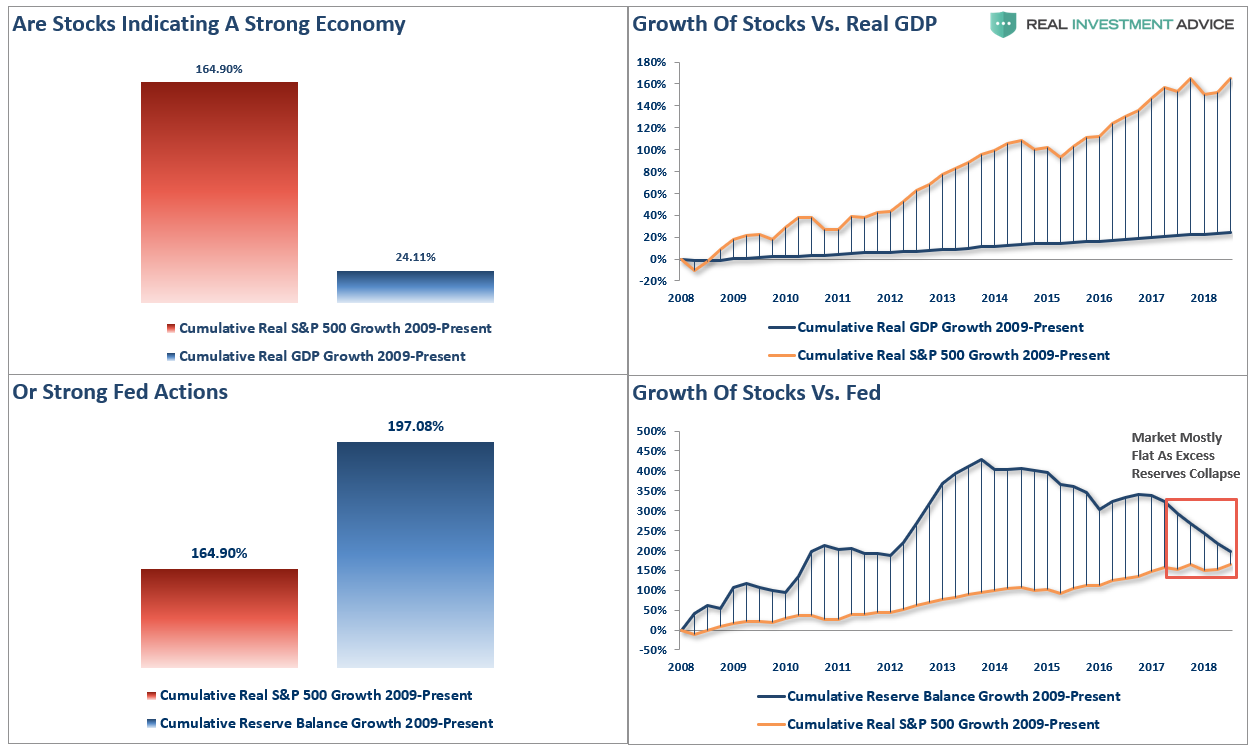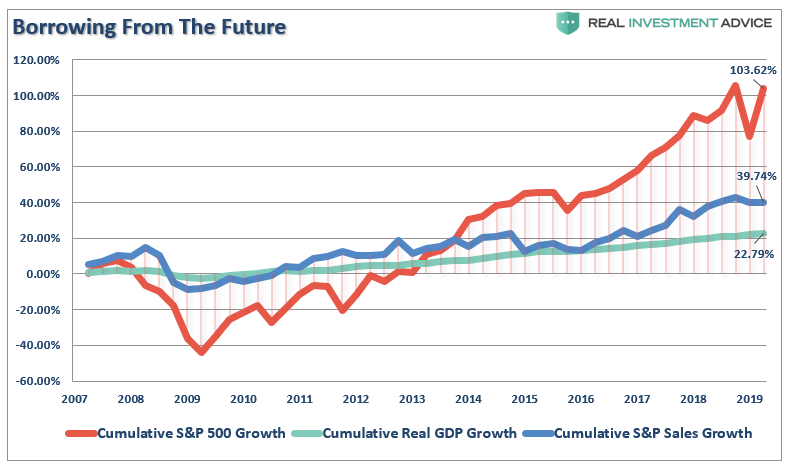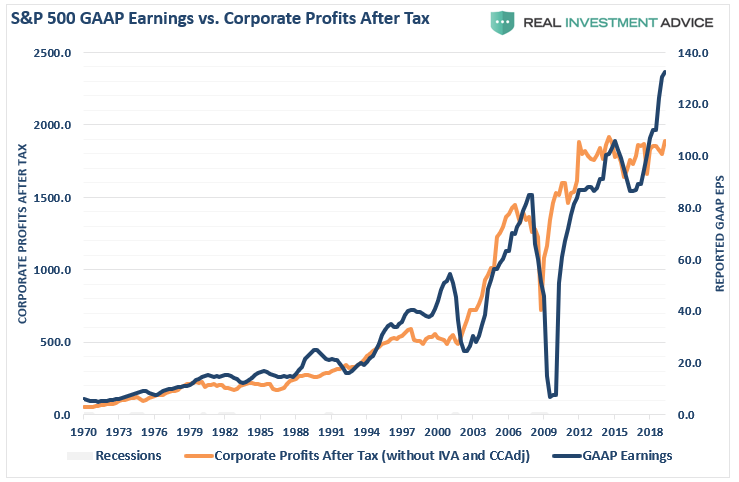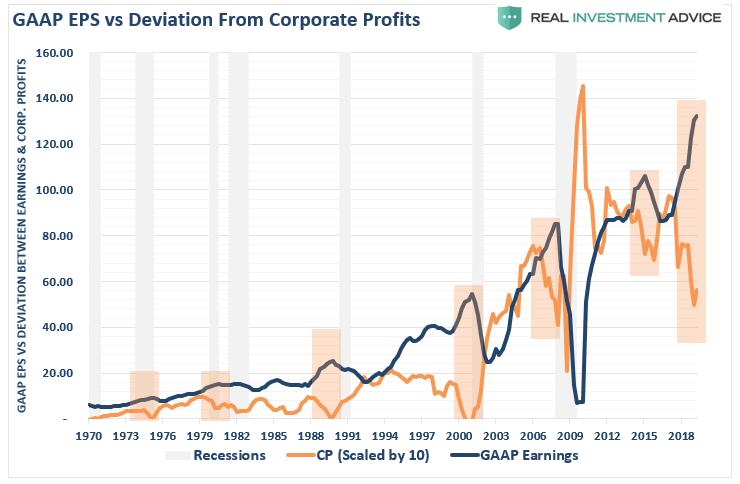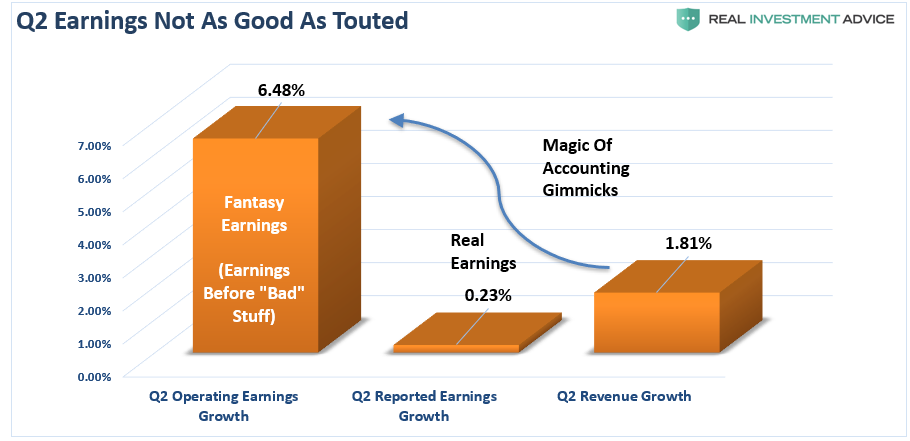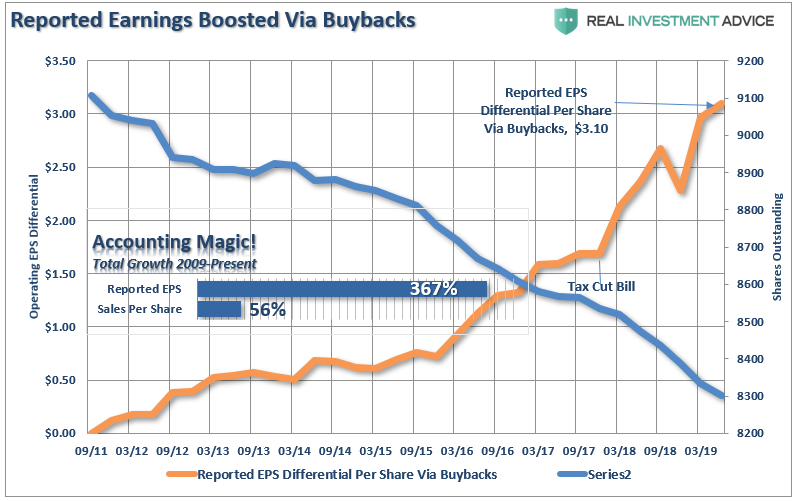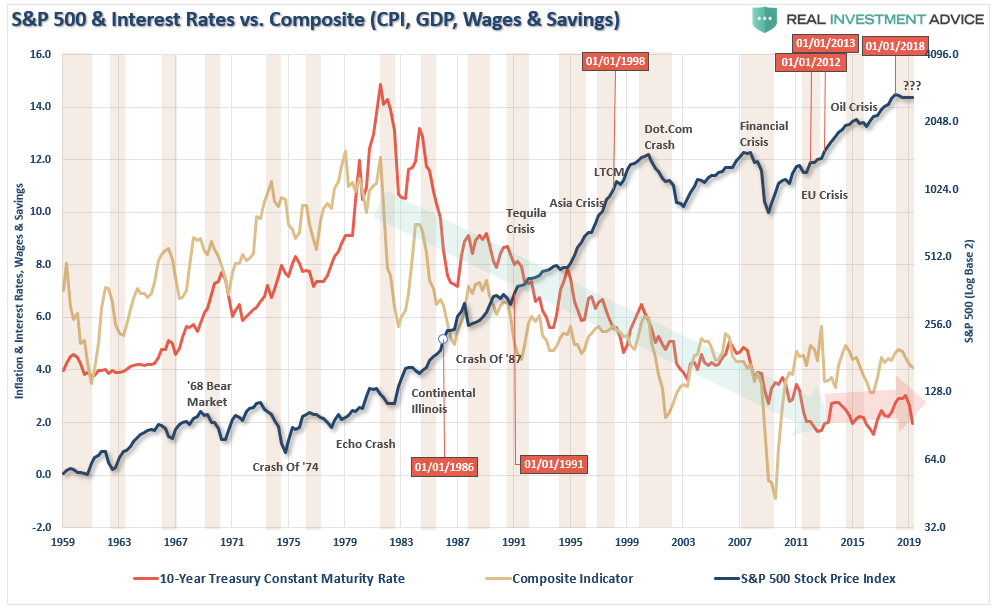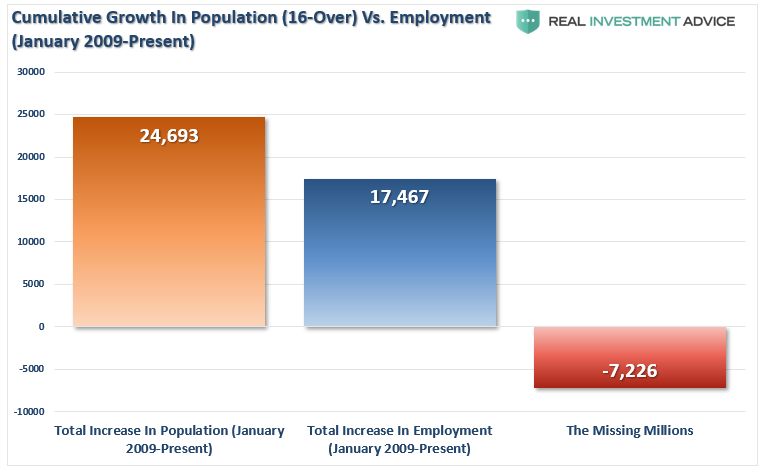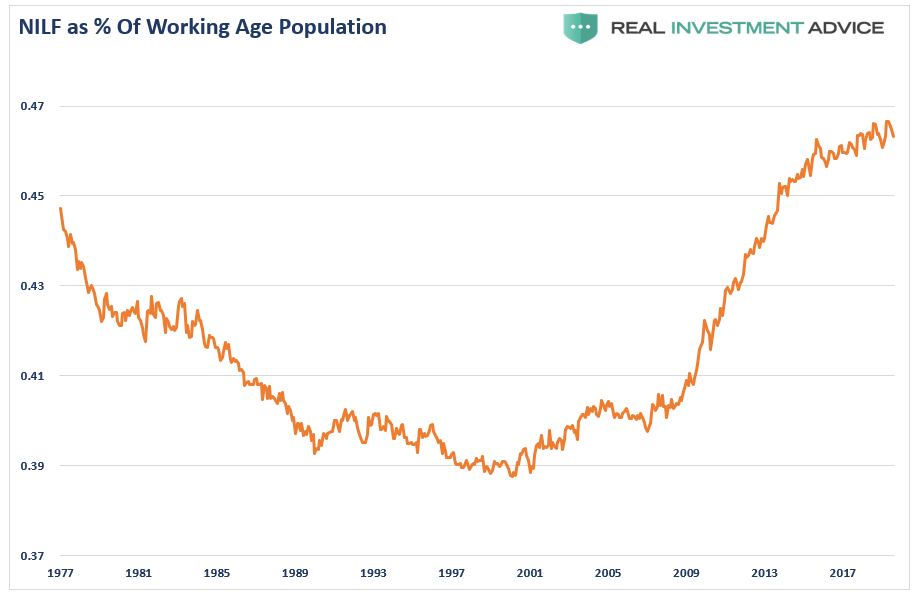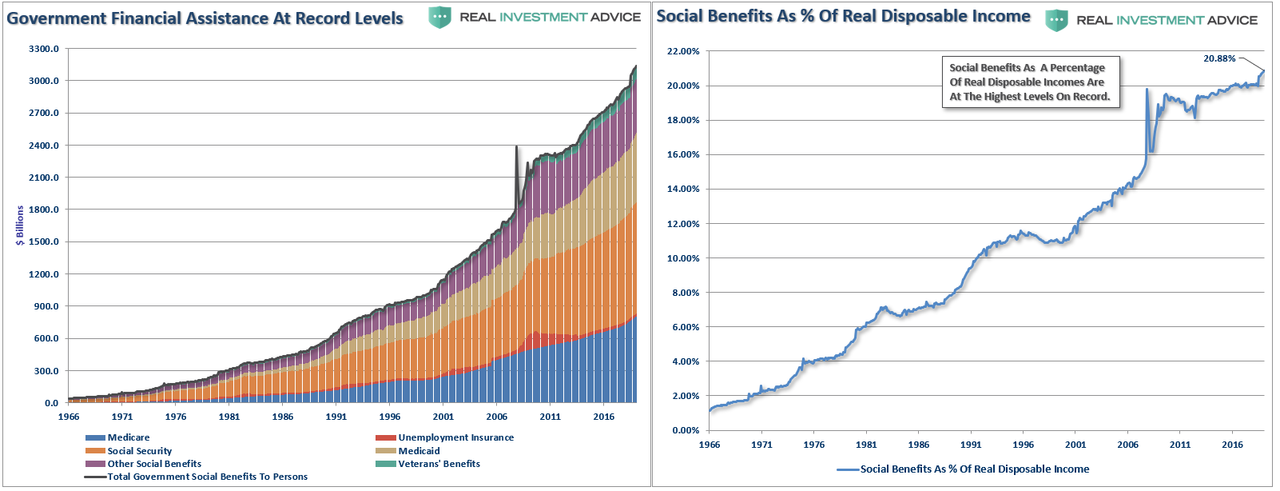Indiabulls and corporate groups like Reliance, DLF collaborated to turn hundreds of crores of public money into private wealth: PIL in Delhi HC
Indiabulls Housing Finance Limited, the flagship company of the Indiabulls group, collaborated with large conglomerates including the Reliance Anil Dhirubhai Ambani Group and the DLF Group to divvy up vast amounts of public money by rerouting it through shell companies, according to a public-interest litigation submitted today in the Delhi high court. The PIL stated that IBHFL borrowed large sums from various private and public banks, and used a complex maze of shell companies to extend loans to the tune of thousands of crores to firms owned by these large business groups. In turn, the petition said, the groups invested money in entities owned by the promoters of Indiabulls, including its founder and chairman, Sameer Gehlaut. “The intent of all these methods is to create private wealth out of public money,” the PIL noted. It termed these transactions “round tripping” and a “scam” of those carried out by the ICICI Bank and Dewan Housing Finance, in which a “huge amount of public money involving lakhs of crores is being looted.” The PIL stated: “The clout of the promoters of these companies is such that the regulators have closed their eyes to these frauds happening right under their noses.”
The companies named in the PIL include Anil Ambani’s Reliance ADAG; the DLF Group, promoted by Kushalpal Singh; the Americorp Group, promoted by Harish Fabiani, a Spain-based non-resident Indian; the Vatika Group and the Chordia Group, both real-estate companies. According to the petition, IBHFL loaned close to Rs 9,248 crore to these five companies. It stated that Reliance ADAG received Rs 1,580 crore in loans and invested Rs 570 crore back in Indiabulls, while DLF received Rs 1,705.54 crore as loans and invested at least Rs 66 crore in a company owned by Gehlaut. IBHFL lent a whopping Rs 4,601.01 crore to 51 companies of the Vatika Group, owned by Gautam Bhalla, the petition said. It further stated that many Indiabulls shell companies have been indulging in various other malpractices, involving several thousand crores of rupees.
The PIL was filed by the Citizen Whistle Blowers Forum, a civil-society group that aims to provide a platform to whistleblowers and to litigate on their behalf. The “round tripping” of funds by IBHFL and its promoters is in violation of statutes relating to income-tax evasion, Reserve Bank of India regulations and the rules of the Securities and Exchange Board of India and National Housing Bank, the petition stated. It demanded a special investigation team look into Indiabulls’ finances and the “illegalities, violations and siphoning” committed by the IBHFL’s promoters.
IBHFL is the second-largest home-finance company in India, with 220 branches in 110 cities and towns. According to the PIL, it contributes roughly eighty percent of the group’s turnover. The PIL described IBHFL’s financial status based on documents in the public domain: in the financial year 2017–18, IBHFL disbursed loans worth Rs 1,22,578 crore, a growth of 34.3 percent from the previous year. Its revenue grew by 25.1 percent from the previous year, to Rs 14,640 crore, while its profit after tax was Rs 3,847 crore. However, the PIL noted, the company’s outstanding debt was Rs 96,204.58 crore. As of March 2019, its liabilities stood at Rs 1,13,463.50 crore—about thirteen crores higher than the previous year. Its net worth is Rs 17,258.92 crore. The PIL emphasised that IBHFL had borrowed from a number of public-sector undertakings. This means that “public money is at stake, along with the money invested in IBHFL by its shareholders and investors,” the PIL said.
The petition presented an analysis of the loans IBHFL extended to five companies—although more exist—and the shell companies through which these transactions were carried out. It noted that many of the companies that IBHFL loaned money to have “a small-paid up capital”—the amount that a company receives from its shareholders by selling shares on the primary market—“do not have any fixed assets and are not even engaged in any business activities.” Several companies had a paid-up capital of a few lakhs, but had received loans worth tens of crores. The directors and the office addresses of many of these companies are also common, the petition noted. A majority of these borrower companies have also failed to file charges with the ministry of corporate affairs, the petition said. (A charge is a type of security created on some property of the company to secure a loan and every company has to register the charges created by it on its assets with the registrar of companies.) The petition noted that hundreds of companies are registered at the same address as that of Indiabulls, “thereby showing a staggering number of dummy companies having been created by Indiabulls.”
The petition noted that five Reliance ADAG companies received loans worth Rs 1,580 crore from IBHFL: Reliance Inceptum received a loan of Rs 106 crore; Reliance Big Entertainment received Rs 210 crore, Reliance Communications Enterprises received Rs 200 crore; Reliance Interactive Advisers received Rs 908 crore; and Zapak Digital Entertainment received Rs 156 crore. The former four are all registered to the same address, in Santacruz, Mumbai. The petition also stated that Reliance ADAG companies invested Rs 570 crore back into nine companies owned or promoted directly by Gehlaut, or through group subsidiaries. It noted that the money was invested using a financial instrument called optionally convertible debentures, at a nominal interest rate of 0.01 percent. These debentures are debt instruments where the lender has the option of converting the loan amount to equity.
According to the PIL, Reliance Capital, under Reliance ADAG, invested money in six subsidiaries of Indiabulls: Iphito Properties received Rs 10 crore in loans; Iphito Real Estate received Rs 20 crore; Myrina Real Estate received Rs 10 crore; Myrina Builders received Rs 10 crore; Orthia Real Estate received Rs 35 crore; and EMU Constructions received Rs 50 crore. Further, Reliance Corporate Advisory, also under Reliance ADAG, lent to three subsidiaries of Indiabulls, the petition said: Galax Minerals received Rs 50 crore; Meru Minerals received Rs 185 crore; and Paidia Conconnection received Rs 200 crore. The petition noted that Galax Minerals is owned wholly by Sameer Gehlaut, and that its balance sheets do not show the security necessary for securing such a loan.
Galax received Rs. 726.50 crore in all, the petition said—Rs 50 crore from Reliance Corporate Advisory; Rs 589 crore from Myrina Real Estate and Rs 87.50 crore from Iphito Real Estate. The loan from Reliance Corporate Advisory is in the form of debentures carrying 0.01 percent interest per annum, the petition said. “However, Galax Minerals’ books of accounts show there are no current assets or insignificant current assets available except for investment which is not charged. Thus, the security is an eye wash leading one to conclude that the transaction is round tripping.”
According to the petition, IBHFL loaned more than Rs 1,705.54 crore to 48 companies of the DLF Group. It noted that many of these firms have “negative worth” and all are “pass-through companies which have been used to garner huge sums of loans and use them for purposes other than intended ones.” For instance, the petition said, “Despite a negative worth, IBHFL gave the company a loan of Rs. 173.40 crore to Atherol Builders & Developers Pvt. Ltd, subsidiary of Felicite Builder & Constructions … The loan money was used to buy land and give loans to group companies.” It added that EMU Realcon, another company owned by Gehlaut, received an infusion of Rs 66 crore from three companies under the DLF group as “preference shares”—where the holder is entitled to a fixed payout and where the holder’s payment takes priority over ordinary shareholders.
The petition said that IBHFL lent Rs 4,601.01 crore to 51 companies of the Vatika Group, owned by Gautam Bhalla. Forty of these companies are registered to the same address, it stated, while many have a paid-up capital of only Rs 1 lakh. These companies were given loans ranging from Rs 16 crore in the case of Garin Developers to Rs 184.50 crore in the case of Timor Developers. “Most shocking is the case of Shivsagar Builders,” the petition noted. “Though the company has a paid-up capital of Rs. 25 lakh only, IBHFL found it worthy of granting a loan of Rs. 1575 crore.” It is clear that IBHFL “did not do any due diligence and went about giving huge loans for reasons known only to the promoters,” the petition said.
Harish Fabiani, a non-resident Indian based in Madrid, is the promoter of the Americorp Group, four of whose subsidiaries received loans worth Rs 151.9 crore from IBHFL. According to the petition, the money was ploughed back into Indiabulls Group companies through equity investment, which the petition calls a case of “round-tripping.” Two Americorp subsidiaries—Jasol Investment & Trading Company and Joindre Finance—invested Rs 254.87 crore in five Indiabulls subsidiaries. Indiabulls Ventures received Rs 39.58 crore; Indiabulls Housing Finance received Rs 22.88 crore; Myrina Builders recieved Rs 31 crore; Iphito Real Estate received Rs 44 crore; and Indiabulls Real Estate received Rs 117.41 crore.
Three subsidiaries of the Chordia Group, which operates in real estate, received Rs 1,209 crore from IBHFL. “This loan was squared up through money diverted from Mahalunge Land Developers (group Company of Chordia) from the amount borrowed from IBHFL,” the petition notes. “In addition Rs. 50 crores was paid as professional fee to Indiabulls Real Estate Limited.”
In all, these five corporate groups received loans worth Rs 9,248 crore. “In other words, borrowing companies bestow huge benefits to the key shareholders and Chairman of IBHFL for the favour they get in the form of loans from IBHFL,” the petition said.
In April 2016, Gehlaut’s name appeared in the Panama Papers, a leaked database of the documents of the Panamanian law firm Mossack Fonseca that includes attorney-client information of millions of offshore entities. “Sameer Gehlaut had bought three top London properties through a web of intermediary companies all leading to SG Family Trust owned by the parents of Divya Gehlaut, wife of Sameer Gehlaut,” the petition noted, citing an Indian Express report.
The petition detailed some other malpractices by Gehlaut-promoted companies. One of the main irregularities it cited was the issuance of compulsory convertible debentures, or CCDs—debt instruments that should be compulsorily convertible to equity. However, these had been left optional and have been used to “route public money into private equity,” the petition said. It named 18 companies promoted by Indiabulls or Gehlaut, including EMU Realcon and Galax Minerals, as well as Myrina Real Estate and Myrina Builders.
The petition noted that EMU Realcon, which is owned by Sameer Gehlaut and received Rs 66 crore from three DLF companies, made investments using CCDs at almost a nil rate of interest. “The terms of using this vehicle is contrary to and in violation of standard practices. Although these debentures are compulsory in principle, the holder of these CCDs has the liberty to exercise the option of redeeming them. The money is being moved from one company to another without any encumbrances, such as payment of interest and taxes chargeable thereupon,” the petition said.
According to the petition, the financial practices of IBHFL and its promoters are fraudulent, and violated various sections of the Companies Act of 2013, Sections 403, 406 and 420 of the Indian Penal Code—misappropriation of property, breach of trust and cheating, respectively—as well as various guidelines of the Reserve Bank of India and National Housing Bank, the regulatory authority that oversees housing-finance institutions. It named the NHB as a respondent, alongside other regulatory bodies such as the Serious Fraud Investigation Office and the Security and Exchanges Board of India, as well as the ministry of corporate affairs. The petition condemned these institutions for “complete inaction” against IBHFL, and demanded an immediate order for a thorough investigation.
“The instant scam follows close to the heels of scams such as those perpetrated by ICICI Bank, IL&FS and Dewan Housing Finance Limited,” the petition said. “It illustrates how promoters and persons in charge of large NBFCs”—non-banking finance corporations—have looted public monies invested in them and diverted them to their own companies using shell companies.” Any inaction, the petition stated, could “result in jeopardizing and undermining of public interest, rule of the law and the regulatory structure besides probable loss to the public exchequer.”
